Guide to Cleaner Firewall Rules
16 Nov, 20234In an era where cyber threats are a persistent concern, the significance of a well-maintaine...

In an era where cyber threats are a persistent concern, the significance of a well-maintained network firewall cannot be overstated.
In an era where cyber threats are a persistent concern, the significance of a well-maintained network firewall cannot be overstated. The digital landscape is rife with potential vulnerabilities, and a robust firewall stands as the first line of defense against these threats. As technology advances, so do the methods and tools employed by malicious actors to breach security protocols. This escalating threat landscape necessitates an unyielding commitment to fortifying network defenses.
Over time, as organizations grow and evolve, their firewall rules tend to accumulate, leading to a complex web of regulations that might not offer the optimal level of protection. This phenomenon is akin to accumulating digital clutter – rules that were once relevant can become outdated, and no longer aligned with an organization's operational context. The accumulation of rules, often introduced for temporary needs and inadvertently left untouched, can obscure the true security posture. In some cases, these rules might even create unforeseen security gaps, enabling unauthorized access or malicious activities. The labyrinthine nature of an overgrown rule set can hinder the efficiency of IT operations and delay response times during critical incidents.
To address this, regular cleanup and optimization of firewall rules are essential. Just as we declutter our living spaces to create an environment that fosters well-being, the same principle applies to network security. Regularly reviewing, refining, and reevaluating firewall rules ensures that they remain aligned with your organization's evolving objectives and threat landscape. A proactive approach to rule management minimizes the attack surface, enhances the detection of suspicious activities, and accelerates response times. Furthermore, it demonstrates a commitment to cybersecurity best practices and the safeguarding of digital assets.
This guide will take you through a step-by-step process of achieving a more streamlined, secure, and efficient network firewall setup.
Step 1: Assessment and Analysis
The first and fundamental step towards achieving a cleaner and more efficient network firewall is the meticulous assessment and analysis of your existing rules. This phase is akin to examining the foundation before building a structure – it provides the necessary insights to make informed decisions. Begin by gathering all your firewall rules and documentation. This comprehensive inventory serves as a basis for your analysis.
Delve into the specifics of each rule. Look for redundancy, where multiple rules might serve the same purpose but were created at different times. Redundant rules not only clutter your firewall but can also create confusion and potential security gaps. Next, identify rules that have become obsolete due to changes in your network infrastructure, such as decommissioned services or outdated applications. These rules, if left unchecked, could unwittingly provide unauthorized access points.
Furthermore, it's paramount to scrutinize rules that were implemented temporarily for specific scenarios but were never removed. These "zombie rules" can accumulate over time and pose security risks since they might grant access that is no longer needed. By systematically reviewing and documenting the state of your firewall rules, you lay the foundation for a more efficient and secure network environment. This assessment process forms the basis for informed decision-making in the subsequent steps of the cleanup process.
Step 2: Rule Prioritization
Once you've completed the assessment phase, the next critical step is rule prioritization. While all firewall rules contribute to your network's security posture, not all hold the same level of importance. By sorting your identified rules into priority levels, you ensure that your focus is directed where it matters most. Start by evaluating rules that govern access to sensitive data, proprietary information, or critical services. These rules form the backbone of your security infrastructure and should be treated with utmost diligence.
As you sort your rules, consider the potential impact of each. Rules that allow access to essential applications or services should rank higher than those with limited reach. This strategic prioritization guides your efforts during the cleanup process, allowing you to concentrate your resources and attention on the rules that safeguard your organization's core operations. A meticulous approach to prioritization enables you to achieve a refined and resilient firewall setup that aligns with your specific security requirements.
Step 3: Streamlining and Consolidation
With your priorities in place, it's time to embark on the process of streamlining and consolidation. This step is akin to tidying up a cluttered room, where the goal is to remove unnecessary items and optimize the space. One common pitfall in firewall management is the proliferation of redundant and duplicated rules. By scrutinizing your rule set, you can pinpoint instances where multiple rules serve identical purposes. Merging these rules eliminates clutter, simplifies configuration, and minimizes the risk of configuration conflicts that might compromise your network's security.
As you consolidate, consider the possibility of rule conflicts or contradictory instructions. Streamlining also involves revisiting rules that might have outlived their relevance due to network changes or shifting operational needs. By eliminating unnecessary complexity, you create a more agile and responsive firewall setup, ensuring that your security measures remain cohesive and effective in the face of evolving threats.
Step 4: Regular Maintenance and Documentation
A crucial aspect of maintaining a secure and streamlined firewall is establishing a routine for regular maintenance and documentation. Cyber threats are constantly evolving, and your network must adapt accordingly. This involves scheduling periodic reviews to accommodate changes in your network's architecture, the introduction of new applications or services, and emerging security concerns. Additionally, meticulous documentation of every change made to your firewall rules is essential. This historical record not only assists in troubleshooting and incident response but also provides transparency for security audits and compliance checks. By integrating these practices into your ongoing cybersecurity strategy, you ensure that your network remains agile, fortified, and ready to confront the challenges of a dynamic digital landscape.
To Conclude
In a landscape where cyber threats continue to evolve, the vigilance and attention given to maintaining a clean and efficient network firewall are paramount. By adhering to the comprehensive four-step approach outlined in this guide – encompassing assessment, prioritization, streamlining, and regular maintenance – you can fortify your network's security defenses and cultivate a smoother, more streamlined digital environment. A well-maintained firewall is a cornerstone of a resilient cybersecurity strategy, safeguarding your digital assets and enabling your organization to thrive securely in the digital age.
We offer a dedicated, specialized staff who can discuss your hiring needs if you are looking to hire for network positions or alternatively help you find the ideal role if you are searching for a network-based role. Click here to reach out to us right away.









